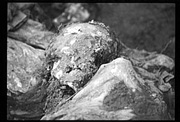| On August 2nd, 2001, at the end of a 16-months trial, the international Hague court for war crimes in ex-Jugoslavia, created by UN in May 1993, found Bosnian-Serb Gen. Radislav Krstic, 53, guilty of genocide and sentenced him to 46 years of prison, the longest sentence ever issued by this UN tribunal. Gen. Krstic was found guilty of all eight charges leveled against him, including extermination, persecution, deportation and other crimes against humanity. Former commander of the 15000 member Drina Corps, he led the final assault to the muslim Bosnian enclave of Srebrenica, in 1995, where more than 7000 unarmed muslim men and boys were executed between July 12 and July 19, in what is widely recognized as the greatest atrocity in Europe since WWII. Srebrenica, together with Sarajevo, Tuzla, Zepa and Gorazde had been granted the status of "safe area" by the UN: that is, a location where local muslim Bosnian population would find an untouchable shelter, under protection from UN peacekeepers. For the first time, in Hague, these massacres were acknowledged formally as a genocide act (according to court, "acts committed with intent to destroy, in whole or in part, a national, ethnical, racial or religious group). After a siege which lasted several days, Srebrenica, although guarded by a contingent of Dutch UN peacekeepers (300 lightly armed men, overpowered and disarmed bu the Serbs at an early stage), fell to Gen. Ratko Mladic militias on July 11th, 1995. After getting inside the small town, Gen. Mladic's men, together with "cetniks" militias from ultra-nationalist leader Vijaslav Seselj and sadly renowned "Tigers" from Gen. Arkan (who was assassinated in Belgrade in year 2000) first grouped and then dismembered families. Most women were raped and deported. More than 7000 men of fighting age, mostly massacred. . On February 4, 1996, UN claims that aerial pictures and ground work lead to significant findings about common graves for about 8000 corpses located in and around Srebrenica. Before being slained by machine guns, Bosnian muslim residents were forced to dig the graves they would soon after fall into. In Bosnia, teams of international experts have worked for months, digging up 2000 bodies and finding another 2500, spread over more than twenty different locations. The trial for deeds in Srebrenica started in March 2000. Main convicted, Mr. Radovan Karadzic, political Serbo-Bosnian leader and Gen. Ratko Mladic, army commander in chief: both of them still at large, although in not totally unknown sites. Convicted, too, Lieut. Col. Draga Obrenovic, in command of the infamous Zvornik division (arrested on April 15 2001, he will undergo his trial soon); Bosnian-Croatian Drazen Erdemovic, sentenced to 5 years in 1998 but prematurely freed. Investigation are currently undergoing in France and the Netherland, regarding the behavior respectively od French Gen. Bernard Janvier, and the Dutch peacekeepers deployed in Srebrenica. Gen. Janvier, main UN commander in Bosnia at that time, reportedly ignored repeated warning from Dutch peacekeepers in Srebrenica that the Serbs would invade soon and vetoed NATO air strikes til the very last minute. Dutch military on the spot were heavily criticized as well, for not acting more energically in defense of the thousand of civilians they were supposed to protect. We may expect to read results for both these investigation on next coming fall. The following picture were taken a couple of weeks after the deeds in Srebrenica, in early august 1995, in Tuzla airport where UNHCR managed a refugee camp for Srebrenica escapees. The refugees portfolio is actually sort of a journalistic fiasco, as I was totally unable to reach Srebrenica or the nearby, after the reports about increasing tensions started flooding news channels. Pictures from mass graves instead, were taken in mid 1996, in Nova Kassaba, where UN forensic team by Physician for Human Rights started working on freshly discovered common graves, which, according to local witnesses could have hosted remnants from Srebrenica residents, stopped and slained while fleeing their hometown. You may read the sentencing judgement by Judge Almiro Rodrigues from Portugal, who was flanked by colleagues Judge Fouad Riad from Egypt and Judge Patricia Wald from the United States You can also follow these LINKS for further readings from international press. |
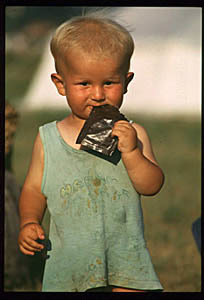 |
| 43196 Tuzla (Bosnia), August 1995: UN camp for refugees fleeing Srebrenica |
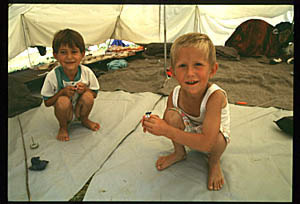 |
| 43201 Tuzla (Bosnia), August 1995: UN camp for refugees fleeing Srebrenica |
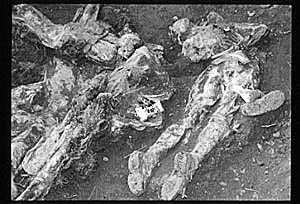 |
| 43049 Nova Kassaba, August 1996: common grave reportedly hosting corpses from Bosnian muslims stopped and killed by Serbs military in August 1995, while trying to escape the carnage in Srebrenica |
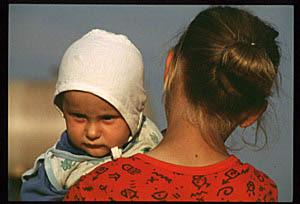 |
| 43214 Tuzla (Bosnia), August 1995: UN camp for refugees fleeing Srebrenica |
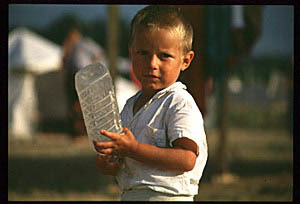 |
| 43215 Tuzla (Bosnia), August 1995: UN camp for refugees fleeing Srebrenica |
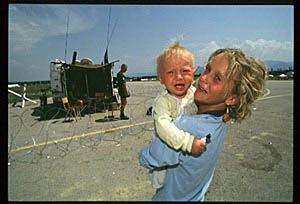 |
| 43216 Tuzla (Bosnia), August 1995: UN camp for refugees fleeing Srebrenica. In the background, Sweden UN peacekeepers, in charge of food distribution |
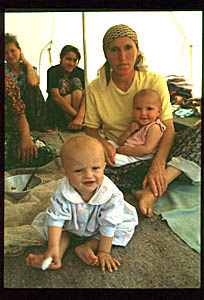 |
| 43208 Tuzla (Bosnia), August 1995: UN camp for refugees fleeing Srebrenica |
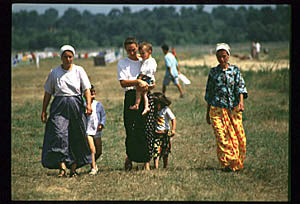 |
| 43193 Tuzla (Bosnia), August 1995: UN camp for refugees fleeing Srebrenica |
 |
| 43051 Nova Kassaba, August 1996: common grave reportedly hosting corpses from Bosnian muslims stopped and killed by Serbs military in August 1995, while trying to escape the carnage in Srebrenica |
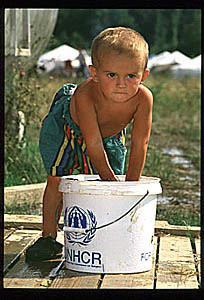 |
| 43200 Tuzla (Bosnia), August 1995: UN camp for refugees fleeing Srebrenica |
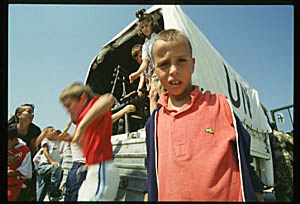 |
| 43187 Tuzla (Bosnia), August 1995: UN camp for refugees fleeing Srebrenica. To entertain children, UN Pakistani peacekeepers used to take them along for a tour onboard UN trucks |
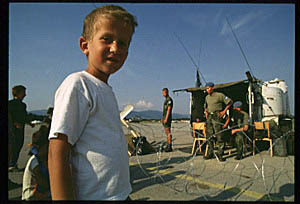 |
| 43205 Tuzla (Bosnia), August 1995: UN camp for refugees fleeing Srebrenica |
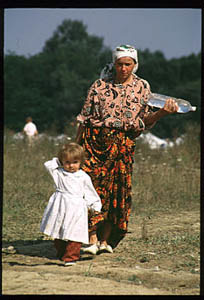 |
| 43197 Tuzla (Bosnia), August 1995: UN camp for refugees fleeing Srebrenica |
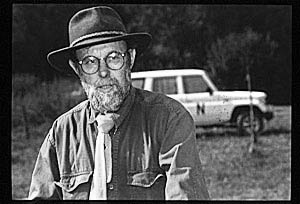 |
|
43053 Nova Kassaba, August 1995: Mr. William Haglund, US forensic pathologist from Physicians For Human Rights, at work on a freshly discovered mass grave, reportedly hosting corpses from Bosnian muslims stopped and killed by Serbs military in August 1995, while trying to escape the carnage in Srebrenica
|
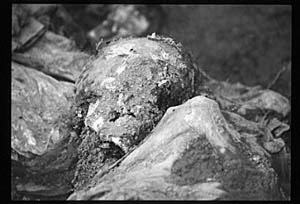 |
|
43060 Nova Kassaba, August 1996: One out of several corpses discovered in a mass grave, reportedly hosting Bosnian muslims victims, stopped and killed by Serbs military in August 1995, while trying to escape the carnage in Srebrenica
|
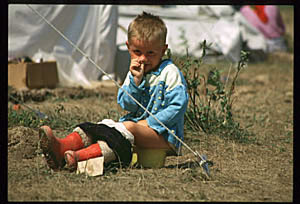 |
| 43188 Tuzla (Bosnia), August 1995: UN camp for refugees fleeing Srebrenica |
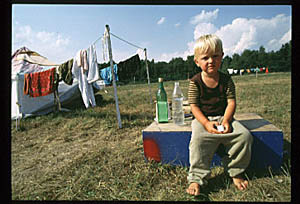 |
| 43202 Tuzla (Bosnia), August 1995: UN camp for refugees fleeing Srebrenica |
 |
| 43192 Tuzla (Bosnia), August 1995: UN camp for refugees fleeing Srebrenica |
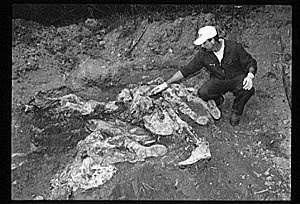 |
| 43054 Nova Kassaba, August 1996: Mr. John Gerns, US forensic investigator from Physicians For Human Rights, shows us a freshly discovered mass grave, reportedly hosting corpses from Bosnian muslims stopped and killed by Serbs military in August 1995, while trying to escape the carnage in Srebrenica |
 |
| 43194 Tuzla (Bosnia), August 1995: UN camp for refugees fleeing Srebrenica. Fod distribution, supervised by Swedish UN peacekeepers |
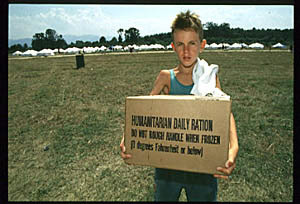 |
|
43195 Tuzla (Bosnia), August 1995: UN camp for refugees fleeing Srebrenica. A young head of family with some food rations
|
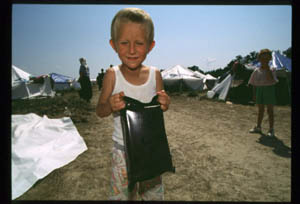 |
| 43203 Tuzla (Bosnia), August 1995: UN camp for refugees fleeing Srebrenica |
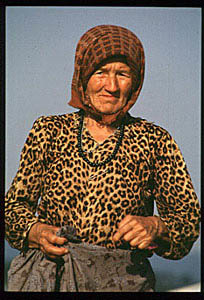 |
| 43209 Tuzla (Bosnia), August 1995: UN camp for refugees fleeing Srebrenica |
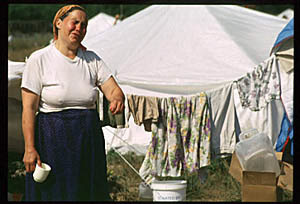 |
| 43191 Tuzla (Bosnia), August 1995: UN camp for refugees fleeing Srebrenica |
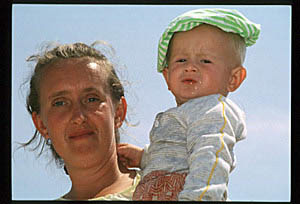 |
| 43217 Tuzla (Bosnia), August 1995: UN camp for refugees fleeing Srebrenica |
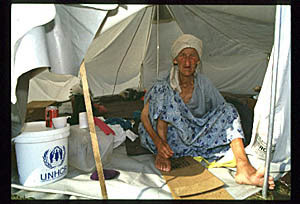 |
| 43189 Tuzla (Bosnia), August 1995: UN camp for refugees fleeing Srebrenica |
 |
| 43057 Nova Kassaba, August 1995: a freshly discovered mass grave, reportedly hosting corpses from Bosnian muslims stopped and killed by Serbs military in August 1995, while trying to escape the carnage in Srebrenica |
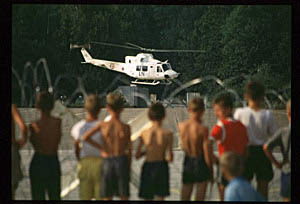 |
| 43218 Tuzla (Bosnia), August 1995: UN camp for refugees fleeing Srebrenica. Regugee kids watching the landing of a UN chopper. |
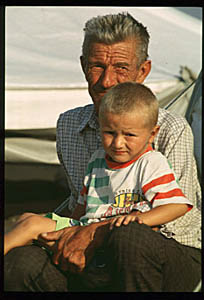 |
| 43198 Tuzla (Bosnia), August 1995: UN camp for refugees fleeing Srebrenica |
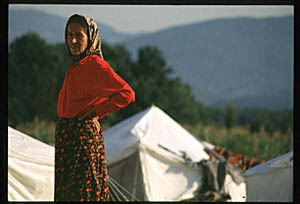 |
| 43206 Tuzla (Bosnia), August 1995: UN camp for refugees fleeing Srebrenica |
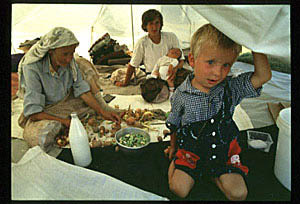 |
| 43211 Tuzla (Bosnia), August 1995: UN camp for refugees fleeing Srebrenica |
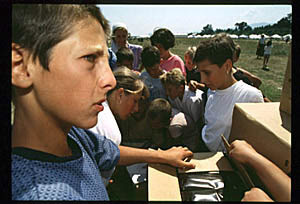 |
| 43190 Tuzla (Bosnia), August 1995: UN camp for refugees fleeing Srebrenica. Food distribution. |
 |
| 43192 Tuzla (Bosnia), August 1995: UN camp for refugees fleeing Srebrenica |
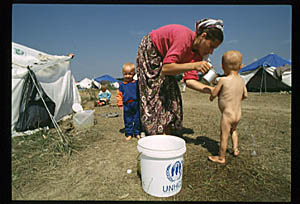 |
| 43199 Tuzla (Bosnia), August 1995: UN camp for refugees fleeing Srebrenica |
 |
| 43204 Tuzla (Bosnia), August 1995: UN camp for refugees fleeing Srebrenica |
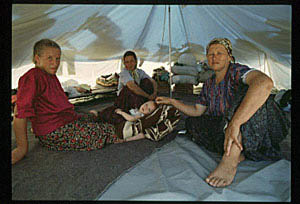 |
| 43207 Tuzla (Bosnia), August 1995: UN camp for refugees fleeing Srebrenica |
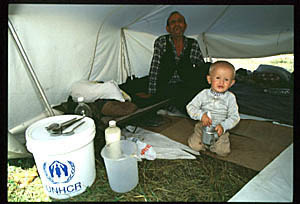 |
| 43186 Tuzla (Bosnia), August 1995: UN camp for refugees fleeing Srebrenica |
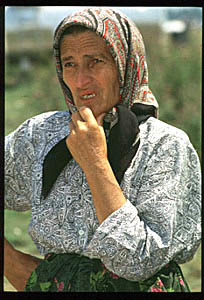 |
| 43212 Tuzla (Bosnia), August 1995: UN camp for refugees fleeing Srebrenica |
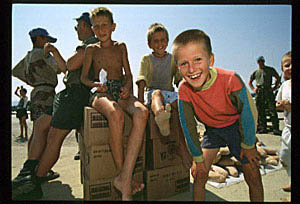 |
| 43210 Tuzla (Bosnia), August 1995: UN camp for refugees fleeing Srebrenica |
This is the sentencing judgement as it was read by Presiding Judge Almiro Rodrigues, as provided by the International Criminal Tribunal for the Former Yugoslavia: It is clear that the principal question which arose was whether genocide was committed against, in the prosecutor's words, "a part of the Bosnian Muslim people as a national, ethnical, or religious group." . . . The fact that serious bodily or mental harm was inflicted on the Bosnian Muslims or that they were murdered has not been disputed. The Trial Chamber considers that one also cannot dispute the fact that the victims were chosen because of their membership in a national group, that is, precisely because they were Bosnian Muslims. . . . The Trial Chamber is not stating, nor does it wish to suggest, that a plan to commit genocide existed prior to the attack on Srebrenica or even right before the city fell. However, according to the Appeals Chamber decision in the Jelisic case, a plan of genocide need not have been formed. Nor is it indispensable that, should such a plan exist, some time must pass between its conception and its implementation. What we are asserting here, on the basis of all the evidence presented to us, is that a decision was first taken to carry out "ethnic cleansing" of the Srebrenica enclave. . . . However, for reasons the Trial Chamber has been unable to clarify, the decision was then taken to kill all the men of fighting age. The result was inevitable: the destruction of the Bosnian Muslim population in Srebrenica. At issue is not only the commission of murders for political, racial or religious reasons, which already constitutes a crime of persecution. At issue is not only extermination of the Bosnian Muslim men of fighting age alone. At issue is the deliberate decision to kill the men, a decision taken with complete awareness of the impact the murders would inevitably have on the entire group. By deciding to kill all the men of Srebrenica of fighting age, a decision was taken to make it impossible for the Bosnian Muslim people of Srebrenica to survive. Stated otherwise, what was ethnic cleansing became genocide. . . . In order to establish the possible responsibility of General Krstic for these crimes, the Trial Chamber took account of his position as deputy commander and then commander of the Drina Corps at the time these crimes were committed. The Drina Corps, as I have already said, had authority over the entire area in which the crimes took place. . . . On the evening of 13 July, I repeat — 13 July — you took command of the Drina Corps and signed your first order as the corps commander around 20.30 hours. On 14 July, you launched the attack on Zepa. Nonetheless, you remained perfectly well informed of what was in the area to the north of the town of Srebrenica. In the night of 14-15 July, troops from the Zvornik Brigade [part of the Drina Corps] moved up from Zepa toward Srebrenica, and you knew why they were doing that. On 15 July in the morning, the security chief of the Main Staff called you and asked for your help in dealing with "3,500 packages." You knew exactly what was meant by "packages," General Krstic — Bosnian Muslims who were to be executed. You expressed your displeasure. That same officer told you that the MUP forces, the Interior Ministry police, did not want to do it. You said you would see what you could do. On 16 July, some of your subordinates, men from the Bratunac Brigade, participated in the mass executions at the Branjevo military farm. On 16 July, the security chief of the Drina Corps whose commander you were, continued to keep you informed about the situation. You asserted to the Trial Chamber that, subsequently, you wanted to take measures against that officer, but out of fear of reprisals against yourself or, more specifically against your family, you decided not to. The Trial Chamber, however, found nothing to confirm your assertions. Not a single soldier of the Drina Corps was punished for the murder of one or several Bosnian Muslims. On the contrary. . . . General Krstic, you were seen being congratulated for the action you took in Srebrenica. You were seen right next to General Mladic, when in December 1995 a ceremony was organized for the Drina Corps. . . . You are guilty of the persecution suffered by the Bosnian Muslims of Srebrenica. Knowing that the women, children and old people of Srebrenica had been transferred, you are guilty of having agreed to the plan to conduct mass executions of all the men of fighting age. You are therefore guilty of genocide, General Krstic. THE INDEPENDENT (UK) Aug 03, 2001 The Grotesque Death of a City Under Siege THE INDEPENDENT (UK), Friday, August 3, 2001 Serb gets 46 years for Srebrenica massacre THE TIMES (UK), Friday, August 3, 2001 The Srebrenica Massacre / Serb army general jailed for genocide NATIONAL POST, Friday, August 3, 2001 General convicted of genocide THE DAILY TELEGRAPH (UK) Friday 3 August 2001 The mild-mannered monster of Srebrenica THE GUARDIAN (UK) Friday 3 August 2001 General gets 46 years for Srebrenica genocide THE GUARDIAN (UK) Thursday 2 August 2001 War crimes tribunal verdict on Srebrenica |
|
AFGHANISTANW>>
|
|
|
AFGHANISTANW>>
|
|

|
|
|
AFGHANISTANW>>
|
|
 |
|
|
EX-JUGOSLAVIAW>>
|
|
 |
|
|
PORTFOLIO
Srebrenica, Survivors of a Massacre |
|
|
AFGHANISTANW>>
|
|
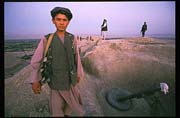 |
|
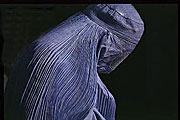 |
|
|
PORTFOLIO
The Plight of the Afghan Women |
|
|
SIERRA LEONEW>>
|
|
 |
|
|
SIERRA LEONEW>>
|
|
 |
|
|
KOSOVOW>>
|
|
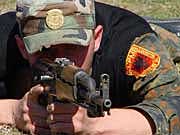 |
|
|
Postcards From Hell, War / Conflict Photojournalism © 1999-2001 All Rights Reserved. This website's contents may not be published, reproduced, or distributed in print or electronic and / or digital media without the express written consent of the Author. PRIOR TO ANY DOWNLOAD PLEASE READ COPYRIGHT INFOS |

